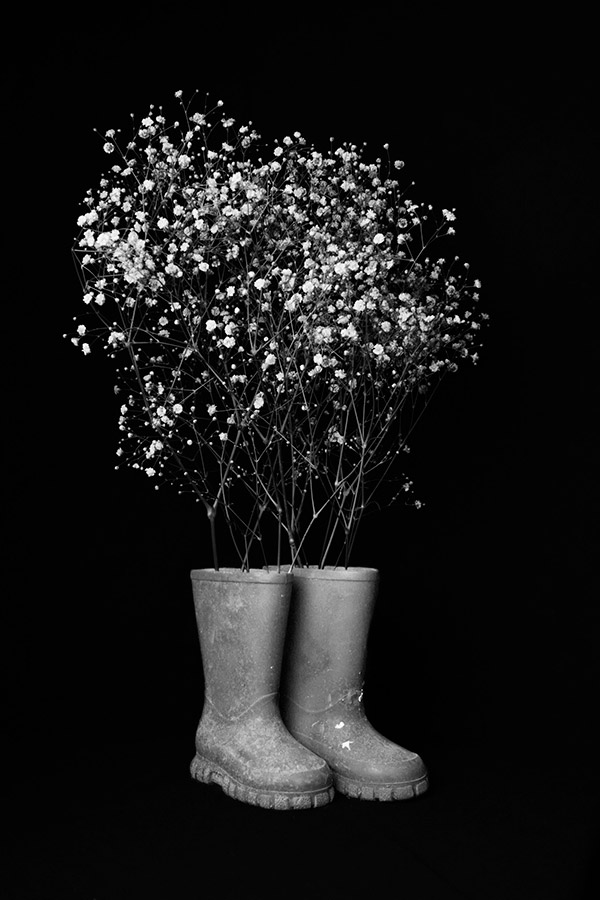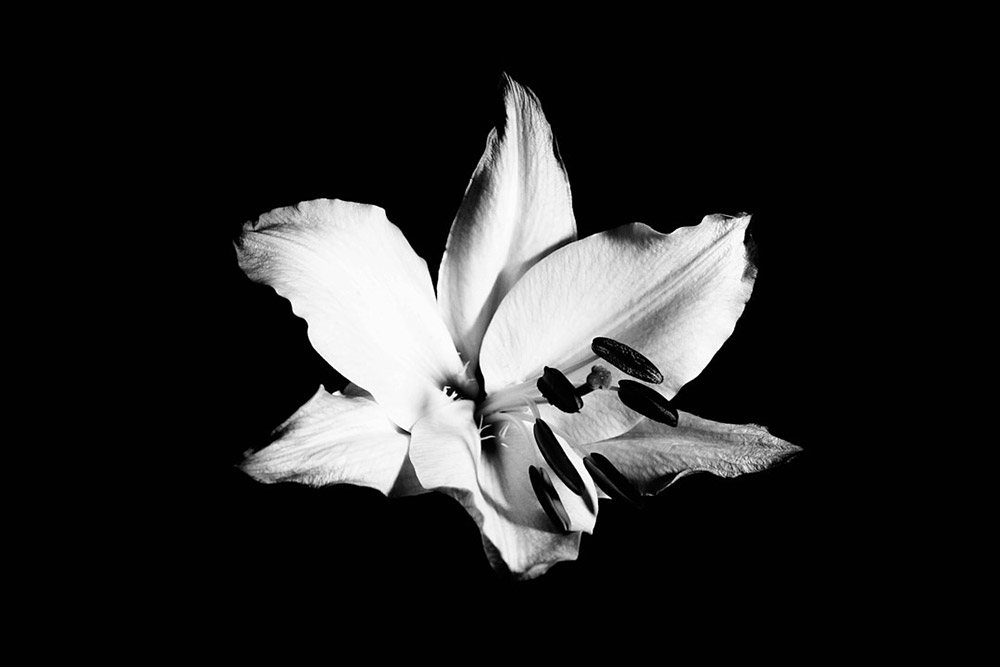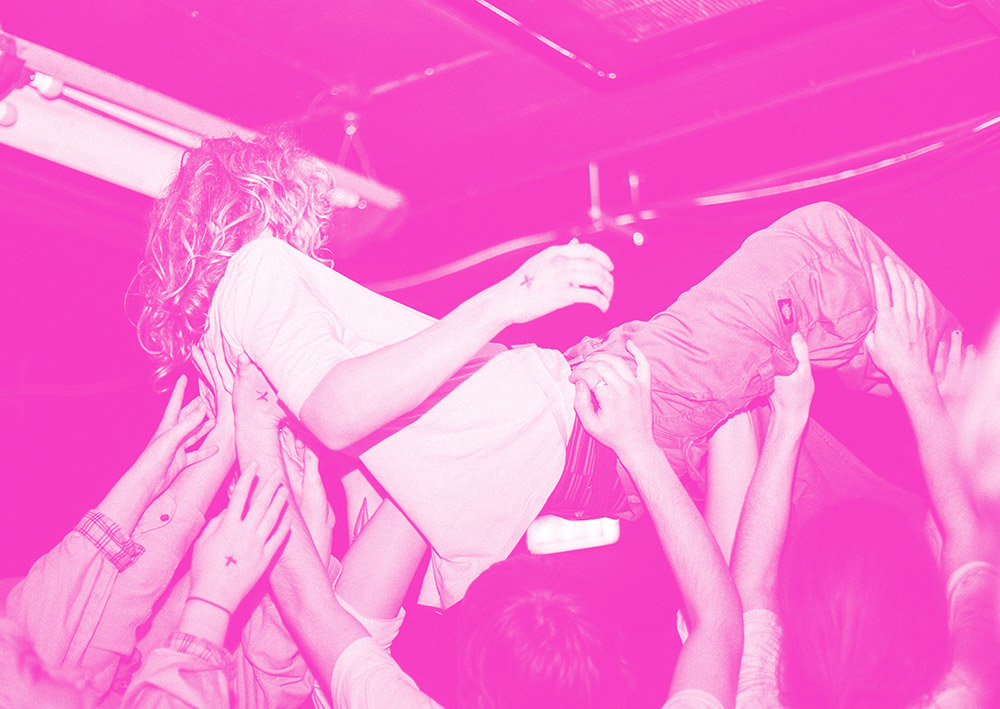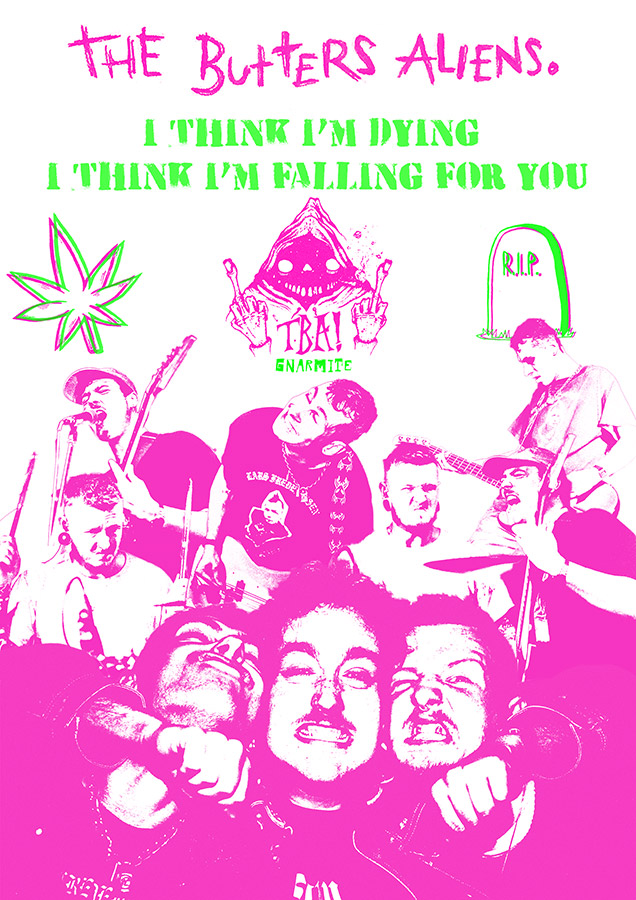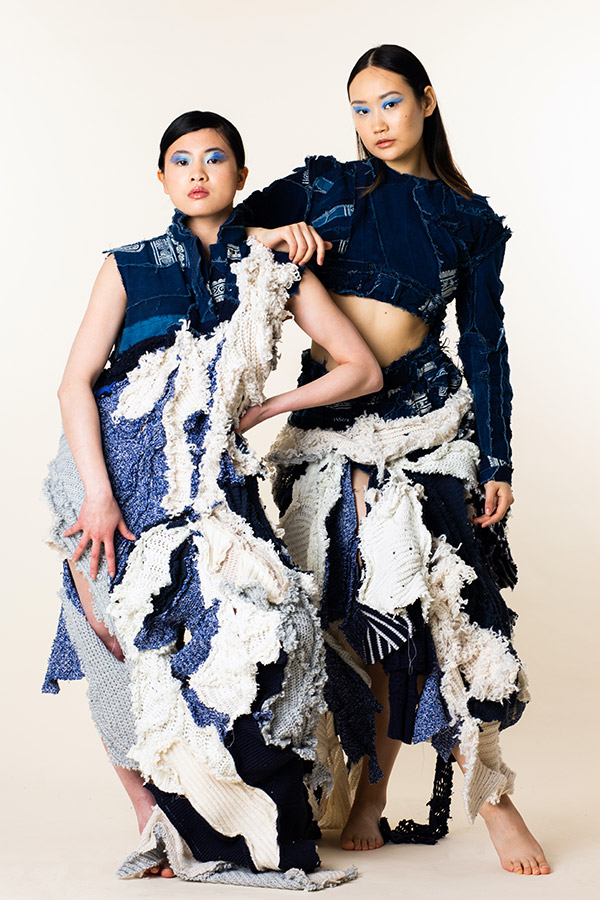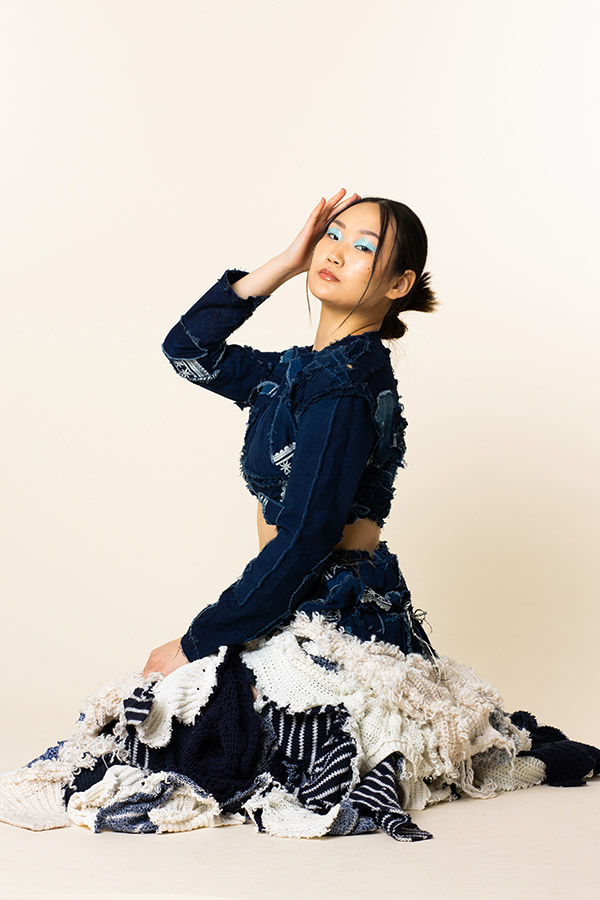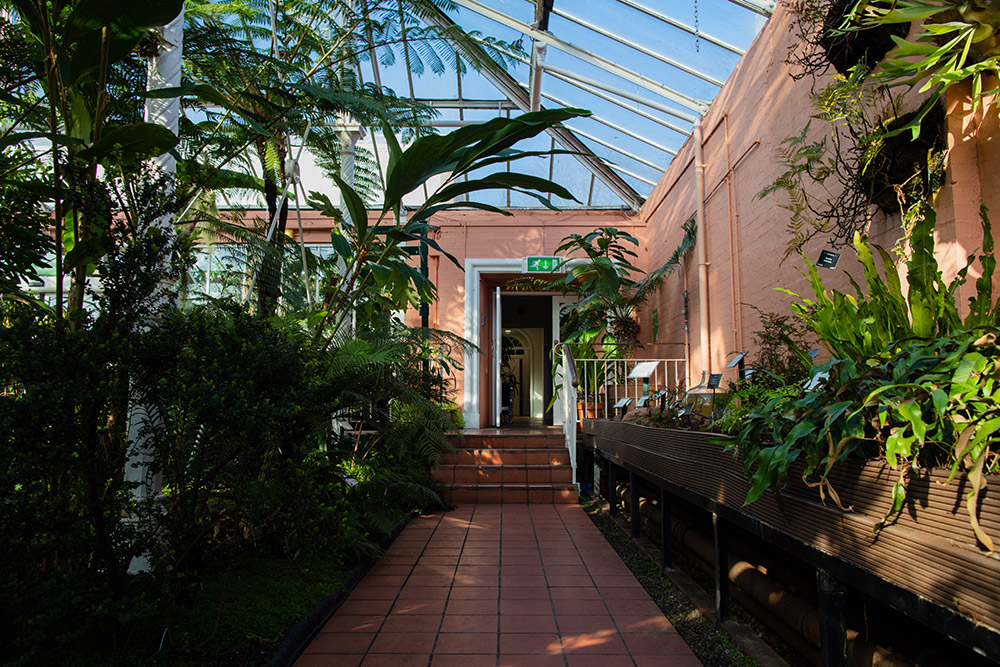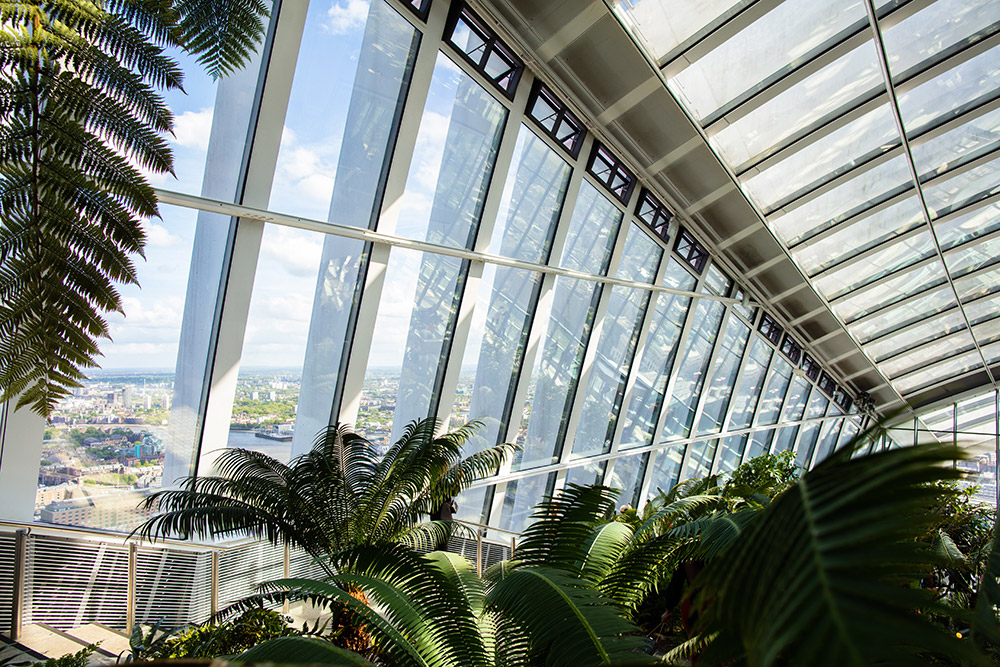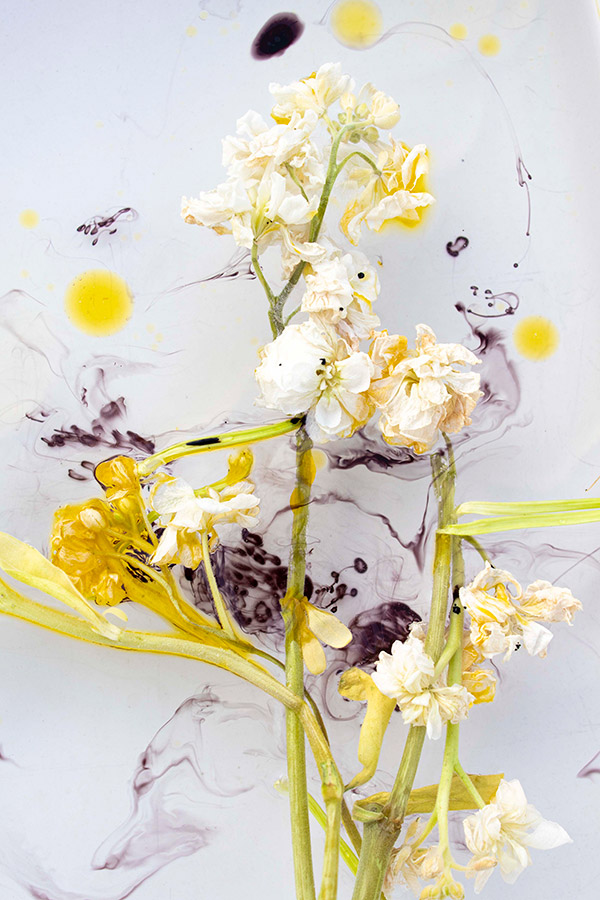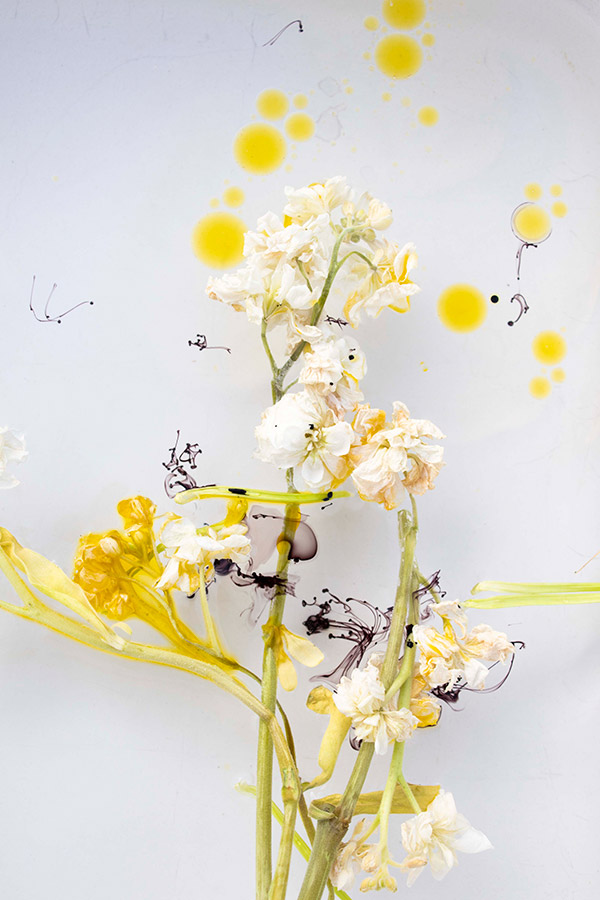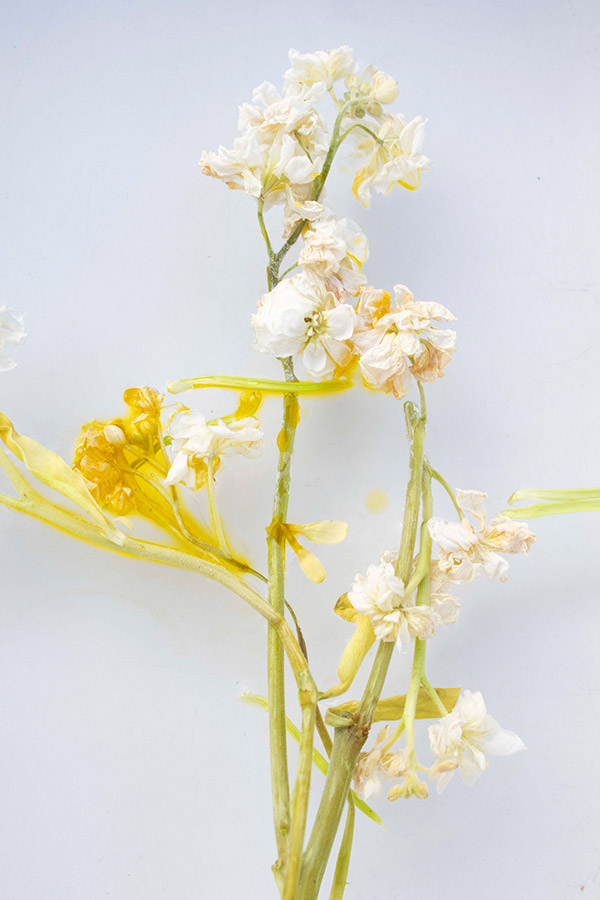Jessica Miller visits Elevate/22, the graduate show by Final year BA (Hons) Photography students from Birmingham City University. Below, the students share more about their projects and advice for those looking to get into photography.
For two weekends in June and July Free Range student shows take over warehouse spaces in the Truman Brewery on Brick Lane, London – with this year being dedicated to mainly photography.
One of the shows on display within the first week of Free Range was Birmingham City University’s Elevate/22 exhibition by graduating BA (Hons) Photography students.
The exhibition was named to represent how the students have developed over the course and now move into the industry. Themes within exhibition projects included mental health, the Birmingham punk scene and climate change. As well as the role of the Director and Producer within the creative and photographic industry.
I spoke with some of the Birmingham City photography students about their work, inspirations and future plans as they conclude their studies:
Abbie Thomas
www.abbiethomasphotography.co.uk
Canon EOS 200D
Can you tell me about yourself and how you got into photography?
I am a studio based photographer located in the West Midlands. I have always had a creative side growing up and doing something academic was never an option for me as I have been diagnosed with Dyslexia.
My photography journey started when I chose to study it for a GCSE to which I loved it so much that I continued to study it all the way up to university level. Photographing flowers is something that I will always love doing as I have regularly gravitated back to photographing flowers, whether that’s photographing them singular or as a bouquet, it’s something that I enjoy photographing.
Can you tell me more about your project?
My project is about how nature has an impact on mental health and I wanted to showcase that through photographing a different variety of flowers. The inspiration behind this project was that mental health has affected everyone at some point in their lives and I have family members who are suffering with mental health and find that connecting with nature is a form of therapy for them. One of my main inspirations for photographing flowers was Robert Mapplethorpe, his flower photographs are stunning and he has really inspired a lot of my work.
How did you select the photographs for your show?
It was a tough process to try and figure out which photos I wanted to display but then I also had to think about what sizes I wanted them as well. I knew that I wanted a few large prints on the wall as well as a few smaller prints. When it came to selecting which photos I wanted to use in the exhibition, I had a rough idea of which ones I wanted at a larger size and then it came down to which photos are which smaller size.
What are your future plans?
I plan to continue to be a photographer and keep creating photos as much as I can. This would include either still life photographs or portraiture. I would love to have a successful career in photography.
Do you have any advice for those wanting to get into or study photography?
- Create! Create! Create!
- Explore the different genres of photography first as you may think you like photographing documentary but after exploring the other genres, car photography could be your favourite to photograph.
Allanah Hudson – Now That’s What I Call Brum Punk
Canon 6D, Canon 50 mm f/1.8, Sigma Art 24-70 mm f/2.8, Sigma 24-70 mm f/2.8
Can you tell me about yourself and how you got into photography?
Growing up, I have always been a creative person and have always experimented in all areas of the Arts. At school, I was incredibly shy and wasn’t able to express myself all too well so art, music and drama were key parts in building me and my confidence.
I became fascinated with Photography at a young age, getting my first camera, a Hitachi point & shoot and just photographing everything and anything. Of course, the photos weren’t particularly great but the interest and drive kept me constantly creating and so, when I went to College, I studied Photography. Over time, I have switched cameras, but have stayed a part of the Canon family since I was 10.
My love for the Arts and expressing myself through mediums of Art is what inspired my passion and interest for Photography. Everything related to the Arts has always interested me; Art (painting, drawing), Drama, Photography and music; which is why for my Final Major Project, I combined a variety of my interests and hobbies; experimenting with all areas to ensure I was pushing myself to my own personal best.
Can you tell us more about your project?
My project Now That’s What I Call Brum Punk works as many things. It is a documentation piece, highlighting Birmingham’s current Punk scene. It is paying homage to my love for music (punk music especially) and my love for my friends, who are prevalent parts of the scene as they are in the bands.
It is celebrating Birmingham’s diverse subcultures and individuality. The project is mainly about showing what Birmingham has to offer; the zine includes lyrics and specific bands who are a part of the scene.
This has been something I wanted to do for a long time but always stayed away from as I thought I could only be creative in one area, I never thought I could combine my areas of interest into one body of work – which is what I did for the zine and the physical prints.
How did you select the photographs for your show?
Choosing what would be included in the show was very difficult at the start. I wanted the photos to be different to each other visually but all connect in regard to symbolism and style. I wanted to include photos that depicted Birmingham’s punk scene best. The central image “Joe & Katie Brum Punk” was always going to be the focal point of the exhibition.
It was one of those once in a lifetime photos you just happen to capture at the right moment. But that was where the project began and it shows the scene perfectly; the chaos, the kindness, the community.
I worked from this image and then from there decided what else linked to the idea of community- crowd shots included were placed on the opposite sides of ones showing similar content (crowd surfers, individual people) to enforce the differences in the images, they are of the same content but visually entirely different to each other.
All images included were ones that best summed up Birmingham’s punk scene- I find a sense of belonging in all the photos as they all show me what I am apart of and what my friends are apart of, the pictures I included are my attempt at visually depicting that.
What are your future plans?
My future plans are to continue onward and upwards, ending University is another chapter of that story but nothing about my creativity will change. I am continuing with the zine and am still frequently shooting gigs. Ideally, in a few years, I will be shooting gigs on a regular basis and have that as my main job. I’d like to take my work outside of Birmingham of course and experience new music and new bands, but Birmingham will always have a place in my work and my life; it is where I grew up and it is where my career began.
But, no matter where I end up, I can guarantee I will be doing a mixture of creative outlets, continuing with the zine allows me to do this in a way that I am experimenting in multiple areas of the Arts while still incorporating my main area of interest.
Anything I do, will be related to music because that is what makes me passionate. Photography is my main avenue to express my love for music and document my relationship with music, but it is music that inspires me and is the reason I am a creative, primarily a photographer but always a lover of music first.
Do you have any advice for those wanting to get into or study photography?
- Shoot. Everything and anything you can, just constantly take photos.
- Do a variety of different genres to understand your camera and the way that light works. When your constantly taking photos, you understand the relationship between the exposure triangle and your camera.
- Consider, experiment, develop, create, improve
- Get involved with local creatives in your community and support each other.
The best advice I have been given is that your best photo will always be the one you take tomorrow. Meaning that if you are constantly creating and making imagery, you will only add to your skills and your refinement.
Studying Photography allows you to understand the importance of what you are doing and the significance of it, it gives you the history and the theoretical side, while also teaching you the practical elements at the same time.
Is there anything else you would like to tell us about yourself or your work?
None of what I have done or do or will do, would be possible without the people in my life. Even if you don’t realise it, it’s the people you surround yourself with that influence your passions and your interests.
I don’t think I’d be where I am today if it wasn’t for the support I have been shown; by my friends, my family, my boyfriend, peers, lecturers, other creatives, even strangers – I am immensely thankful to be able to do something I love and feel the love for what I am creating.
Emily Green – Royal Hodgepodge & On my way Home
Royal Hodgepodge: photographed by Ellycia Gardner @capture.liss
On my way Home: photographed by Yasmin Berrow @yasberrowphotography
Can you tell me about yourself and how you got into photography?
I am 23 years old from Bedford, and I have just graduated from Birmingham City University with a first-class honours. I am a visual communicator who is passionate about creative design and shoot producing, including fashion and commercial photography.
I got into photography because of my dad. Photography is his hobby and his passion for it, is what inspired me to explore it. I spontaneously decided to drop my Business A-level and study Photography in my 2nd year at Sixth form and had to complete the 2-year course in one year. This was where I found an interest for the art, however I wasn’t sure yet if I wanted to study it at University. So, I decided to complete a Photography, Film and Media foundation course at The Sir John Cass School of Art in London, to explore more options, and doing this confirmed that photography was the route for me.
Can you tell me more about your project?
I decided to take a risk for my final major project and move away from the photographer role. I wanted to explore the roles of Creative Director and Producer, after I found an interest in them in my 2nd year at university. This hadn’t been done before, so I was very reluctant in doing so, but my tutor advised me to push myself and explore something I wanted to go into in the future.
I began to research the difference between the roles and speak to people in industry, so I had a good understanding of what they consisted off, so I could put this into my practice. Overall, I Creative Directed four shoots, and Produced four shoots, whilst collaborating with students and external creatives to make them happen.
I was inspired by Creative Directors such as Paul Arden and George Lois, and Production companies such as Creative Blood and KO Collective. The shoot themes were influenced and created by both myself and the creatives I worked with. Some of the creatives I worked with already had an idea in mind, and it was my job to bring that idea to life!
How did you select the photographs for your show?
Out of the eight shoots I directed and produced overall, I wanted to showcase 1 shoot from each role. I chose two shoots that not only I believed looked the best photographically, but they both had the most substance to them within my practice, through the ideas, planning and execution.
Royal Hodepodge was photographed by my good friend Ellycia, and the fashion designer, Nadia, was someone who I had worked with in the past. Collaborating with two great creatives, I knew that the outcome was going to be good, and it was! With my photographer’s eye, I picked my favourite shots that I thought best represented Nadia’s theme.
The On my way Home images I produced for Change Magazine, were created for a fashion journalist student called Sennen Prickett, who I had previously successfully collaborated with. Sennen had asked me if I would produce a photoshoot for her magazine story. Again, I chose images to exhibit that I thought best expressed her idea and ones that demonstrated the creatives best work.
What are your future plans?
My goal for the future is to work in the production industry, as I felt like when I was exploring and practicing this role through my university projects, it suited the most to my strengths as a creative, and I really enjoyed it. Through the primary research within my project, I have managed to secure some work experience with production companies, which will give me the industry experience I need, and help me get my dream job.
Do you have any advice for other young people wanting to get into or study photography?
- Explore all the genres of photography, and then you can filter out what you like and don’t like.
- Try everything and anything and take all opportunities that you can and are given, as this will help you massively.
- Understand that studying photography gives you more options that just becoming a photographer. There are so many jobs out there that relate to the photography world, and you can use it as a way into other industries.
Insha Khan
Can you tell me about yourself and how you got into photography?
My work is closely focused on Architectural and Interiors Photography. I’ve always admired how Architecture is thoughtfully designed to fulfil a purpose and value the individuality of each structure. When I was a young child, I noticed that my dad had a passion for photography and would often take his Pentax DSLR with him when we travelled on family trips.
This sparked my interest in photography. I found it fascinating how the lenses he used could capture the beauty of the landscapes and locations we would visit and when it came to post-production, I was curious in seeing how he would edit photographs in his preferred style. I would also express my viewpoint and ask him to make the images more colourful and vibrant. It was through these interactions that I came to realise how much I cherished altering photographs to emphasise their power to evoke a sense of meaning and mood.
Can you tell me more about your project?
My project consists of renowned locations which have become trendy through social media. I was inspired by the “Grabbd” app, which is great for travellers looking to find new places. This app was a perfect starting point since it featured honest reviews and photographs from those who have previously been to the locations, which assisted me to decide where I planned to do my photoshoots rather than spend time and going somewhere that typically appears appealing in pictures but is deceptive.
Intuitively, I also took inspiration from Instagram, where a lot of influencers post about their travels and inspire many users to do the same, served as my main source of inspiration. I also saw users publish videos on the TikTok app of lesser-known locations that have rose to prominence as a result of the videos’ success. Social media’s ability to influence people so quickly that they would act out and visit such locations absolutely impresses me and demonstrates its power.
How did you select the photographs for your show?
I’m a bit of a perfectionist, and I like my photographs organised, so for this project I used the sequencing technique where I would spend time positioning and placing the photographs until I get an order I like by combining photographs with similar colour schemes or had similar formal elements, which wasn’t challenging to pick and choose since a lot of the photos reveal details and vibrant colours, and I would place them next to each other until I believed they worked well.
What are your future plans?
For as long as I can remember, travelling and sharing photographs of architecture have been significant to me. I wouldn’t feel comfortable travelling without a camera or lens or without documenting what I observed.
I consider the photographs I capture when travelling to be a kind of visual souvenir that I may treasure and remember for the rest of my life. I aspire to travel as much as I can and discover and learn about various architectural buildings across the world, whether they are ancient or modern.
I especially want to understand their histories and background knowledge since I firmly believe that context is just as significant as content. One of my ultimate aspirations would be to work for upscale interior and home publications in London, a city with a wide variety of areas to explore.
Do you have any advice for others wanting to get into or study photography?
- Dream big. Be yourself. Work hard. Trust the journey. I have had a few students previously approach me and it warmed my heart hearing how passionate they are about photography and how they are considering studying it at GCSE’s and A- Levels. If you truly believe, you can achieve.
- Also, to keep in touch with people who support you along with the process, including your lecturers. I am grateful that I had such incredible lecturers who pushed me beyond of my comfort zone and encouraged me to express my creativity. Communication is extremely important, never be afraid to speak out and have confidence in your work.
Zoe Ellen-Marie Jones
LinkedIn: Zoe Ellen-Marie Jones
Canon EOS 200D
Can you tell me about yourself and how you got into photography?
I started photography back in college where I fell in love with creativity and visual concepts. Leading on from college I decided to pursue this further and study Photography at Birmingham City University, where I was able to really push myself and my creativity.
During my second year at university, I started an internship at Atlantis Modelling Agency in Birmingham. Where I worked as a creative visual director on magazine editorials, as well as a photographer for headshots. This was a turning point in my studies where I found where I wanted to take my career.
Can you tell me more about your project?
Mixed media Photography has always been a passion of mine, I love the unusual concepts and editing techniques. As well as this environmental Photography has been a huge focus throughout my second and third year of University, I wanted to try and produce work that addresses the severity of climate change as well as create a conversation.
This project is a means of portraying the rapid growth of climate change; each of my photographs conveys change and devastation using a mixed media approach. Flowers and plants have been the main subjects of my work, and I’ve employed materials like water, inks, oils, and fire to alter their natural appearance.
By contrasting the plants and materials, I was able to juxtapose nature’s inherent beauty with the harm caused by climate change, emphasising the serious dilemma that the world is facing. Furthermore, these materials serve as metaphors for the very things that are causing havoc on the planet, such as ocean acidification & pollution, water pollution and oil spillages that can occur far too often.
The inks that I chose to use spread rapidly through the water and irreversibly stained the plants conveying a tale, a narrative of beauty to disrepair.
How did you select the photographs for your show?
Our exhibition was such an amazing experience and I wanted to make sure I was showcasing work that really portrayed my creativity and attention to detail.
What are your future plans?
I have always found myself loving coming up with creative ideas and concepts, as well as directing and producing shoots. I would love to pursue a career in visual creative direction, as well as continue my work in mixed media photography.
Do you have any advice or top tips for other young people wanting to get into or study photography?
- I would say that studying for any creative degree is truly rewarding. Studying photography can take you in so many directions, you are not held to one career path. For me, the degree has been the best thing I could have done as this has pushed me to try so many different roles in the creative field.
Is there anything else you would like to tell us about yourself or your work?
If someone would have told me I would have graduated with first-class honours I would have been utterly shocked, as this has been the toughest 3 years. Working through the pandemic has truly shown that you really can do anything if you believe and push in yourself.
BA (Hons) Photography at Birmingham City University
Find out more about studying the BA (Hons) Photography course at Birmingham City University here.
Free Range shows
Free Range is a special project that started by the Truman Brewery in 2000, alongside Fashion East, the talent incubator for emerging designers. The project was started initially to give students from outside London, in areas where the creative community may not have been as strong, the opportunity for their work to be seen by the creative industry that was building in Shoreditch and to meet peers from across the UK.
See more student work here:
University of Gloucestershire students share new perspectives at photojournalism show
Falmouth students share diverse techniques in Gweles exhibition
Middleman: the degree show by University of Portsmouth



